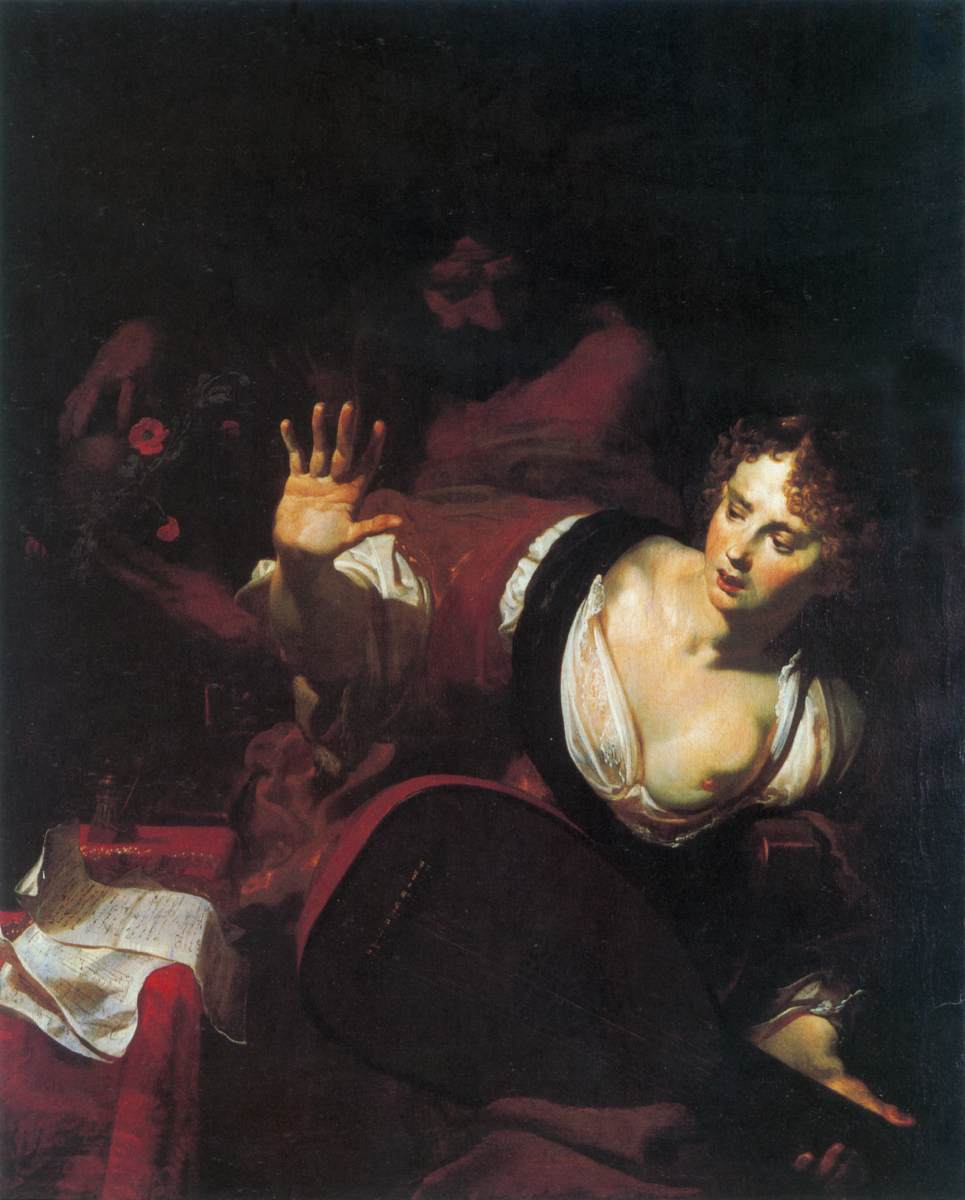Description
The painting Vanitas (Allegory of Transience) by Nicolas Régnier is a masterpiece of Baroque art depicting the transience of life and the inevitability of death. The artistic style of the work is typical of the Dutch Baroque, with great attention to detail and a realistic painting technique. The composition of the work is very interesting, since it presents a large number of symbolic objects that represent the vanity and transience of life.
In the painting, you can see various objects that symbolize the vanity and transience of life, such as a human skull, an hourglass, an extinguished candle, a withered rose, and a soap bubble. These objects are very carefully arranged in the composition, creating a very interesting visual balance. The color of the work is very dark and gloomy, which reinforces the theme of death and transience.
The history of the painting is very interesting, as it was created in the 17th century in Italy by a Flemish artist who lived much of his life in Rome. The work was highly valued in its time and was acquired by art collectors from all over Europe. The painting is currently in the Louvre Museum in Paris, where it remains one of the most outstanding works in the collection.
One of the little-known aspects of the painting is that its original size is quite large, measuring 130 x 105 cm. This makes it possible to appreciate in detail all the symbolic objects that appear in the work, which makes it a very interesting work to study and analyze from an artistic and symbolic point of view. In short, the painting Vanitas (Allegory of Transience) by Nicolas Régnier is a masterpiece of baroque art that masterfully represents the transience of life and the inevitability of death.

